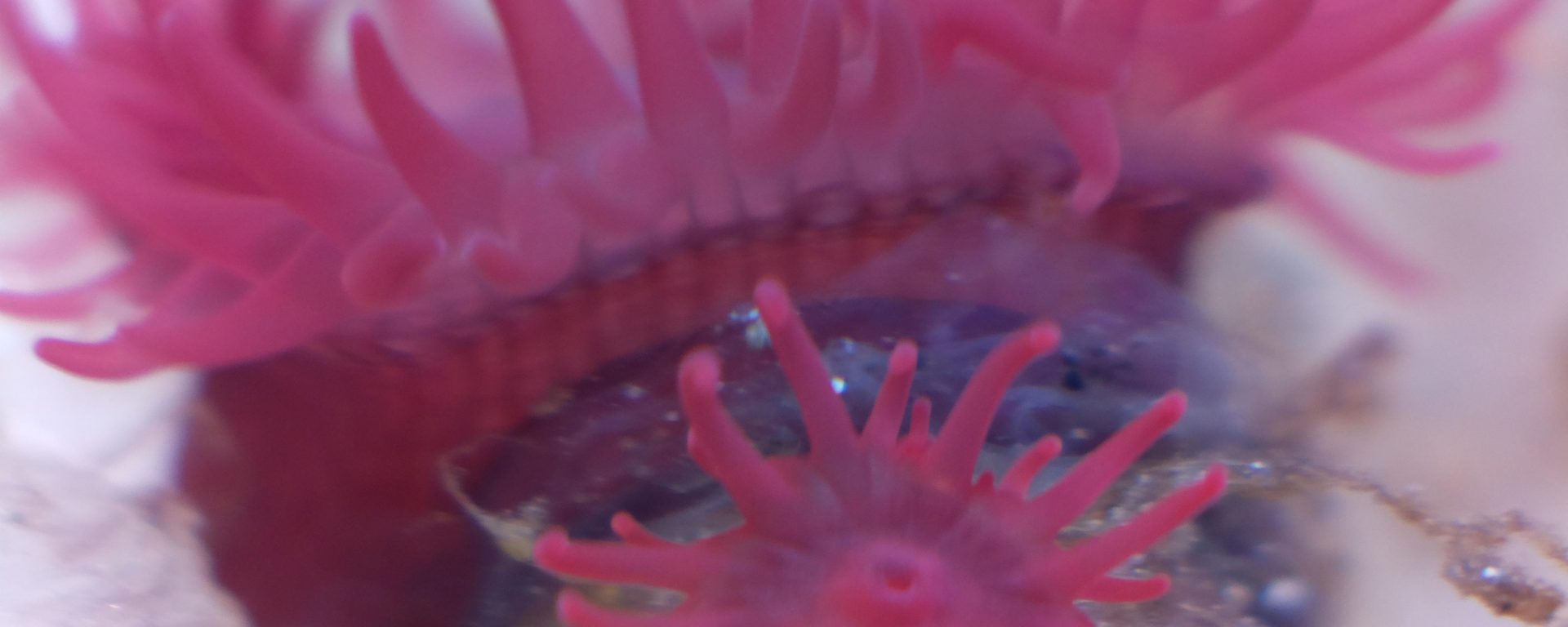The Makerspace at Swarthmore College isn’t just for student use. Faculty and staff have the opportunity to learn new skills and use the resources we have here for research. One such faculty member, Visiting Assistant Professor of Biology Timothy DuBuc, has found a way to study organisms by 3D scanning and printing coral to create artificial environments for his lab.
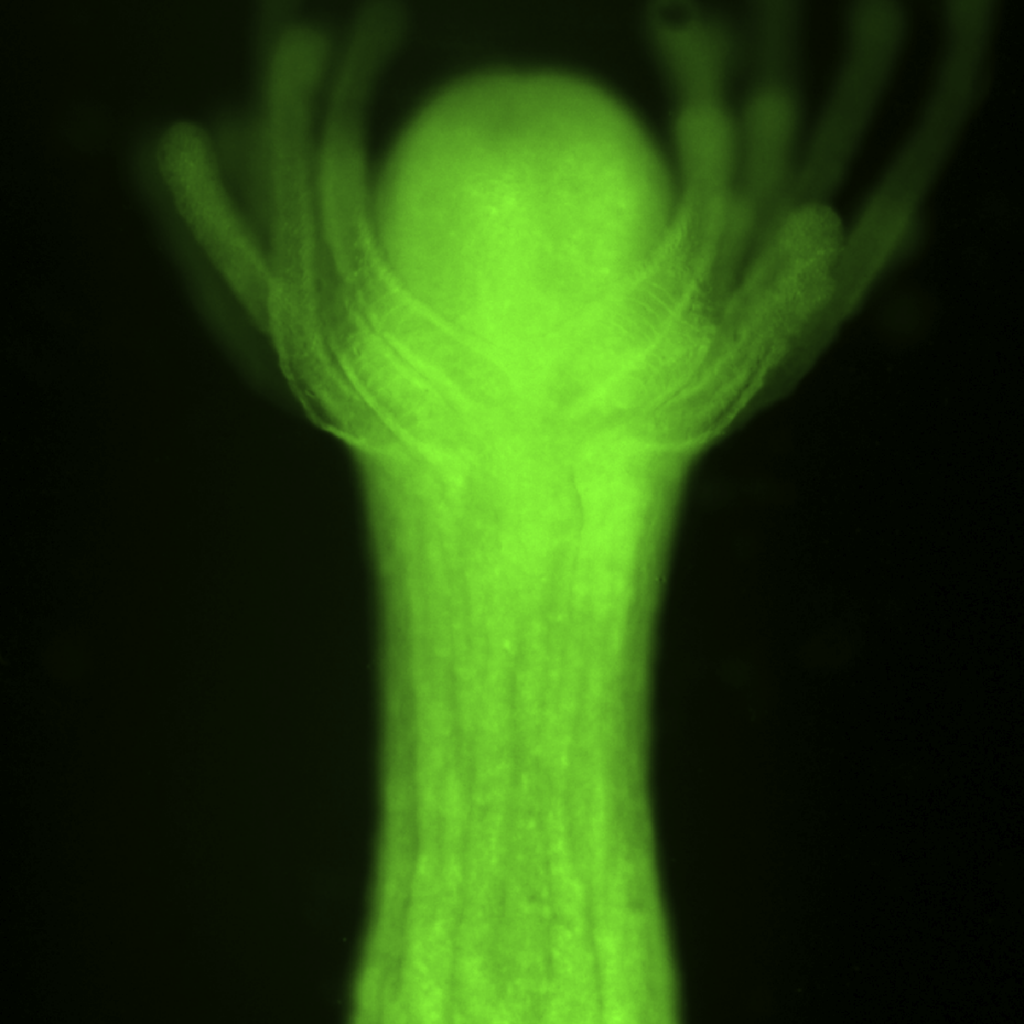
What is your research specialty? I am a developmental biologist and my research is centered around marine organisms.
What inspired the idea of creating an artificial coral reef? I’ve never studied the reef directly because I’m not really a field biologist. I’m interested in how cells manage decisions when exposed to environmental changes. Corals are particularly susceptible to the changing environment but working directly on coral species is very slow. They grow very slow and reproduction is often once per year. Additionally, we do not have the same molecular tools to see cells (stem cells, neurons) like we do in my model system, where we have developed GFP animals to see individual cell types. I wanted to make a difference in understanding how reef growth/colonization works and rethink how we could promote growth for these threatened animals.
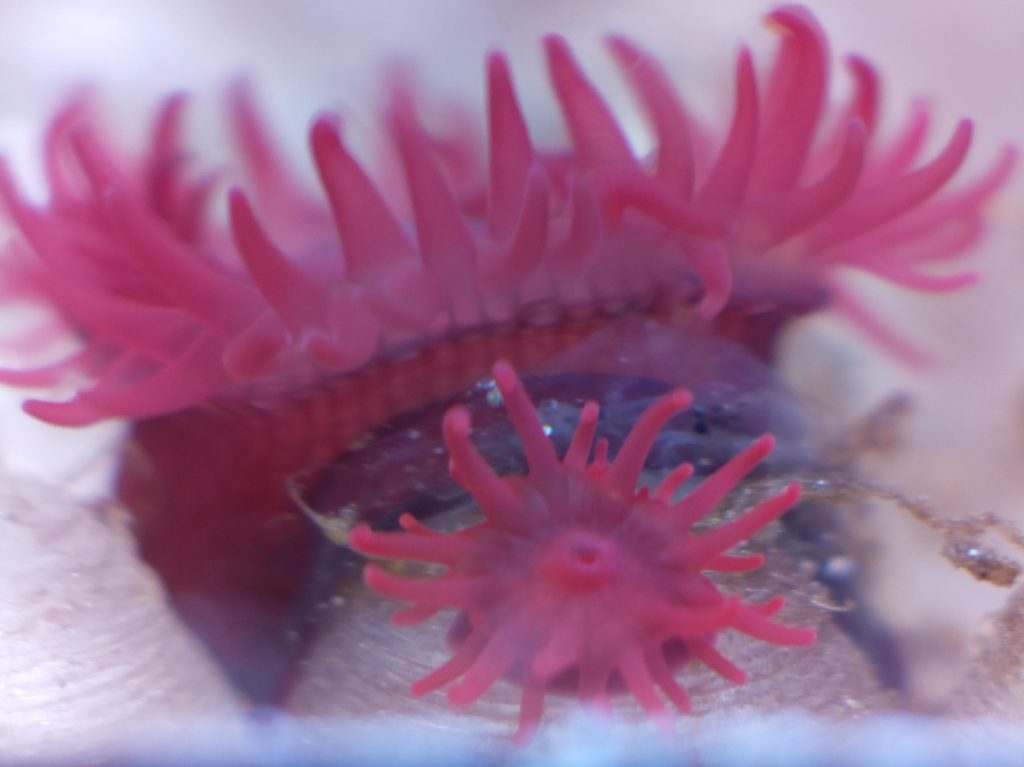
What are the components of the artificial reef? How does it all come together? Currently, the reef we made using 3D printing/scanning contains replicates of 2 different species and a giant coral of a 3rd species. These corals were based off of real calcium skeletons that we scanned and then printed. We will also test a few substrates (Sand and Rock) that will be interspaced between corals to provide alternatives for animals to colonize.
What is the benefit of scanning and 3D printing coral rather than use found coral? As a biologist, we always want to see replicates that are identical to decipher what is genetic variation and what results are based on environmental influence. Scanning and printing corals gives us the coral replicates we need. We are using a single genetic individual so we can uncover results based on the environment (shape of the coral).
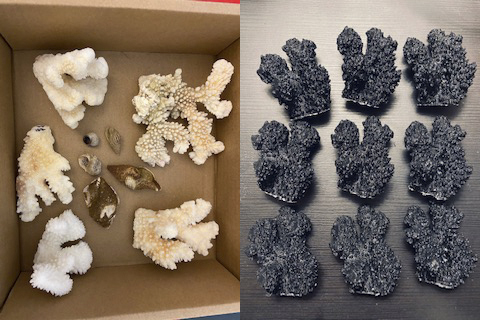
Is there a reason that the coral is printed black? We tested a number of colors and did not notice a difference in growth behavior. The black surface allows us to easily distinguish bright Green Fluorescent Protein (GFP) animals that are present.
What organisms are you planning to try to grow on the plastic coral? In our first test run this semester, we are seeding our aquarium with 1 anemone (Actinia equina) to see how this organism colonizes a reef. These animals clone themselves through asexual reproduction, and in the right circumstances can take over an aquarium in weeks. They also have the ability to move and “choose” where to live (they don’t have a brain). This will tell us what conditions in the reef provide an optimal location for growth/feeding/etc. Later we hope to grow our GFP animals, Hydractinia symbiolongicarpus, on the same reef to model growth patterns. They grow in a similar fashion as corals, but much faster.
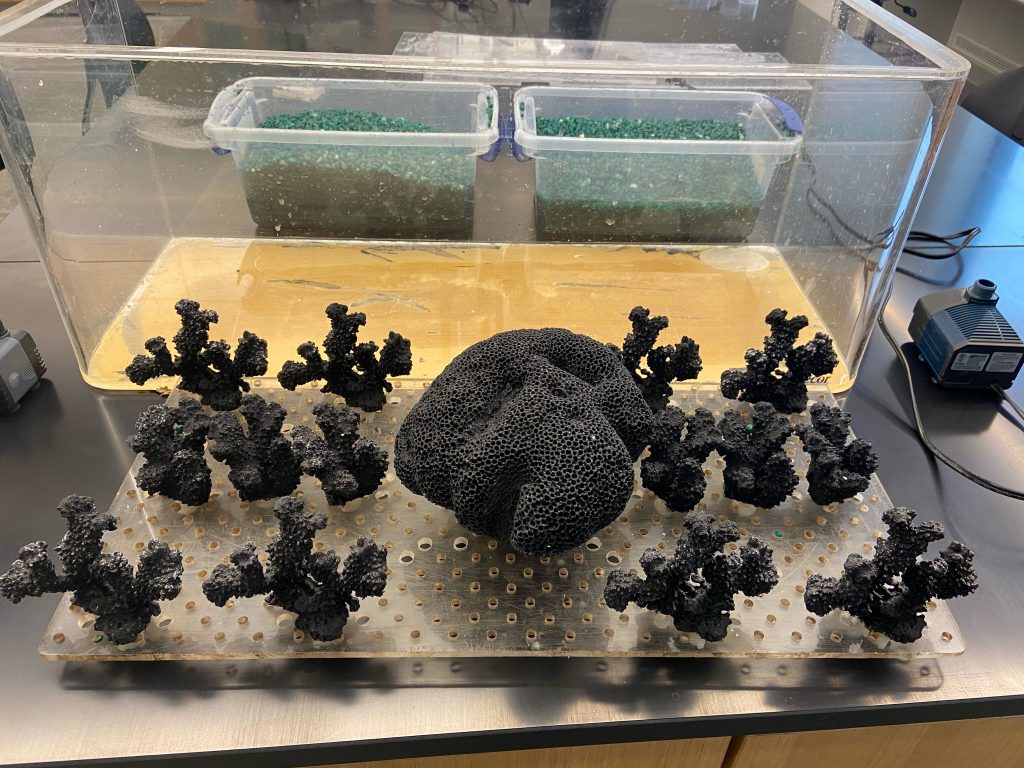
What are you hoping to learn/document through this experiment? We do not know much about the reef environment. It is difficult to mimic all the variables of nature, especially in our oceans. Understanding how coral skeleton shapes and reef dynamics promote/balance growth and reproduction can really help us establish environments that limit extinction events associated with climate change. We really have no clue how the cells respond to nature and what it takes to make healthy individuals.
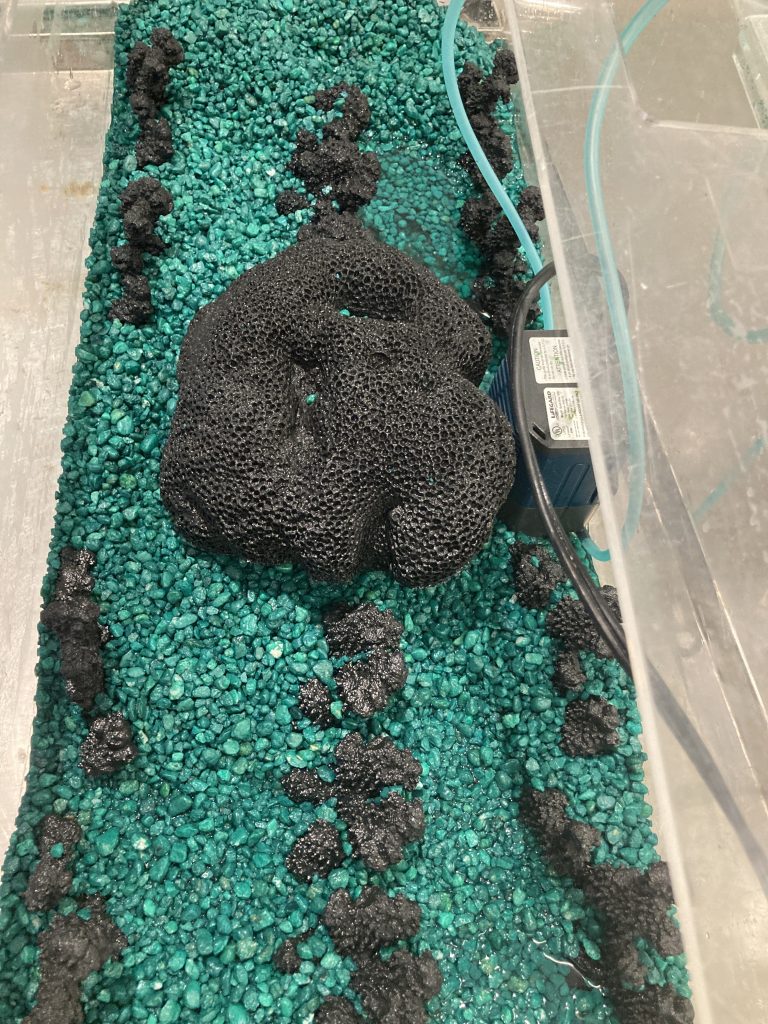
If the experiment is successful, are there plans to expand on the experiment? Yes, we are really at the beginning of manipulating shapes and testing the impact on health/growth. It sounds counter-intuitive to use plastic for this process, but this could easily be used to understand how PLA (plant based plastics) breakdown in the ocean. Ultimately, I would like to develop calcium-based filament to print coral skeletons that are of similar material. I think the experimental possibilities are endless.
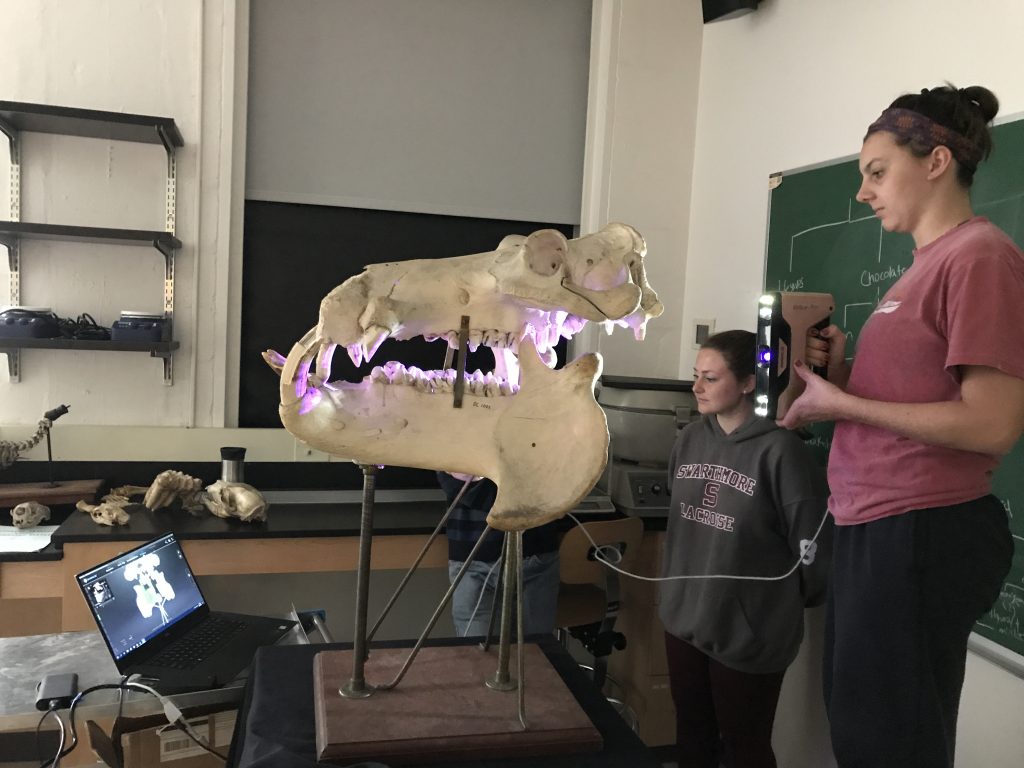
For more information on the Makerspace at Swarthmore College, visit our website and follow us on Instagram or Facebook.

